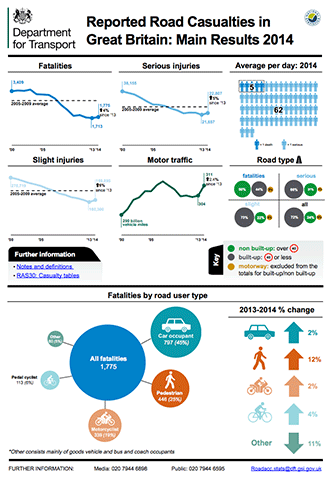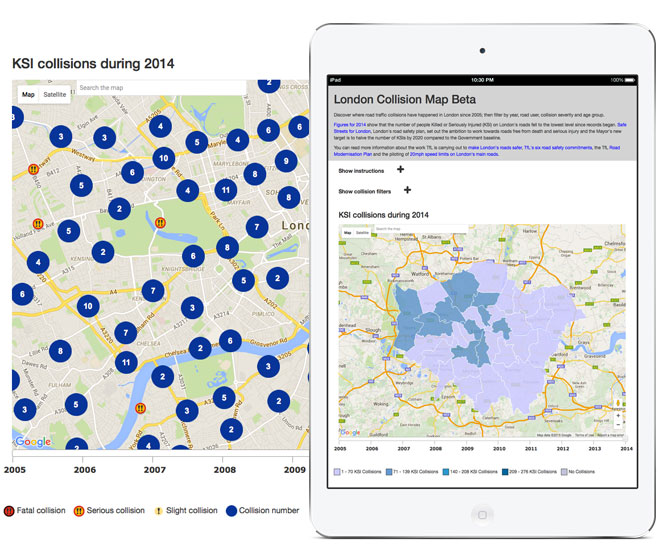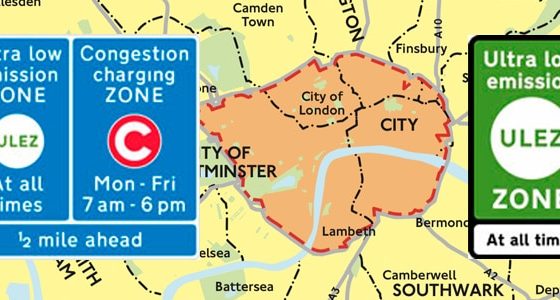London’s Roads are Getting Safer: New Online Collision Map
London’s Roads are Getting Safer: New Online Collision Map https://wvl.co.uk/wp-content/themes/movedo/images/empty/thumbnail.jpg 150 150 Anthony https://secure.gravatar.com/avatar/0ce9a76712b2ebb44190c51857fae37600a61d6fe57138c94dce31a727aa27ec?s=96&d=mm&r=gWith the number of road users on the rise, particularly in cities despite measures to limit the vehicular traffic, accidents are, sadly, an inevitability. That said, significant positive results have been seen in our capital and Transport for London have launched an interactive online map showing every recorded collision since 2005 as part of its strategy for making ‘safe streets for London’.
 Recently published Government data shows a nationwide increase in casualties and fatalities from road traffic accidents (RTAs) in 2013-2014, corresponding to a marked increase in motor traffic after an encouraging downward trend in RTAs since 2005.
Recently published Government data shows a nationwide increase in casualties and fatalities from road traffic accidents (RTAs) in 2013-2014, corresponding to a marked increase in motor traffic after an encouraging downward trend in RTAs since 2005.
London’s roads, conversely, have continued to get safer. Transport for London’s (TfL) latest Annual Road Safety Report shows the number of people Killed or Seriously Injured (KSI) in 2014 fell by 7% to the lowest level since records began and has paved the way for the launch of their new interactive London Collision Map to highlight accident-prone locations around our capital.
The website is part of ‘Safe Streets for London‘ – a road safety plan working towards roads free from death and serious injury: TfL have collated Police data on London’s road accidents from 2005 to 2014 and made them available online for the public, as well as planners, academics and researchers, to access.
The Collision Map has filters for the vehicle type, type of casualty, age of casualty, and whether the result involved a fatality, serious injury, or slight injuries. It gives a vital and instructive insight into accident hotspots across the capital, informing road users about locations with high collision histories, and steering modernisation efforts towards them to reduce the risks.
The Mayor’s new target is to halve the number of KSIs by 2020 compared to the government baseline, and tools such as this are key not only to helping provide the data for analysis, but also for demonstrating the results in a commitment to improve transparency for customers and stakeholders alike.
Raising awareness, it’s hoped, will encourage roads users to take extra care at blackspots, forming part of TfL’s ongoing work to improve road safety, including overhauling key roads and junctions across London.
If you drive in London, check out the map at www.collisionmap.london and see if there are any collision blackspots along your usual routes. If you manage a fleet, please share this with your drivers. Extra vigilance through knowing about these dangerous junctions could save lives.





